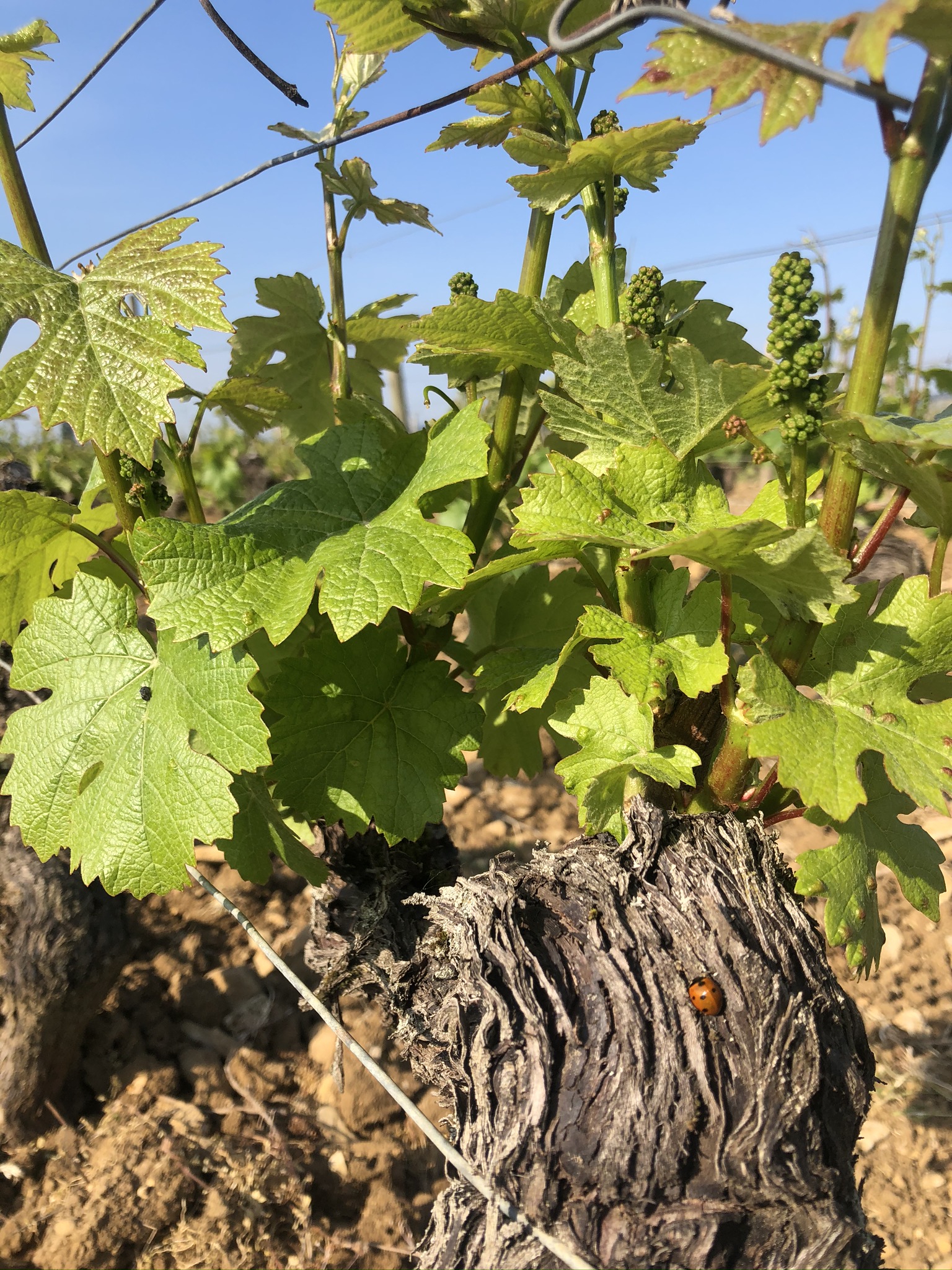Year 1981
Located in the Pommard plain in Bligny les Beaune, the estate was created in 1981 by Claude who after having followed a training in electrical engineering found vineyards to rent (about 5 ha) in various villages of the Côte de Beaune.
Over time, the domaine has grown either through acquisition or rental of new appellations to reach an area of 12 ha.
Year 1998
After retraining, Catherine joined the domain full time. Very quickly, the estate put special emphasis on respecting the environment and nurturing the vines.
The future
The work of the parents will be perpetuated by the son Antoine who since childhood has aways been passionate about the life of the estate. Currently, he is studying at the Lycée Viticole before he can pick up the torch.
To the vines
All our red wines are made from the Pinot Noir grape and we believe that they will give their best wines only with healthy grapes at full maturity.
There are no secrets to winemaking, so our job is to obtain ripe grapes whatever the weather conditions for the year.
For this we need living soils, which has led us to abandon the use of “chemical” fertilizers for almost 20 years now. We will favor the possible addition of compost (livestock manure) if necessary, to nourish the microbial life of the soil.
Most of our work is manual and the winter pruning is quite short.
From the month of May on, we start “pruning while green”, in fact on each vine, we select only 7 or 8 twigs (branches).
We tie the vines to improve photosynthesis and obtain branches as long as possible. Indeed, it does takes as much as 1.3 M2 of leaves / KG of grapes to obtain good richness in sugar, but especially in phenolic compounds and aroma precursors.
After flowering, the “nouaison” takes place, especially if the grapes seem large to us, we will only keep one bunch per branch (Harvesting while green) in order to ensure maximum protection by the foliage and thus avoid disease as much as possible.
Grape harvest
We harvest ripe fruits.
However, before being put in the vats all the grapes will be sorted in order to remove the damaged or insufficiently ripe parts. (Some vines suffer from degeneration and some years, despite our best care, not all the grapes will reach sufficient maturity.) It goes without saying that the harvest will be manual, especially as we want to sort the grapes.
Vinification
We de-stem the grapes as gently as possible, we don’t crush the berries and we send them to the vat. When the juice yield is too high compared to the solid matter, we remove juice from the tanks. (Harvest 2000)
Fermentation will begin after a few days of latency thanks to the yeasts in the grapes. During fermentation, we put the solids back in suspensions in the juice (twice a day) to obtain a good extraction.
When the time is right (we know it by tasting), we pour the wine from the vat into barrels and the aging begins.
After a period of between 10 and 15 months, the wines are biologically finished, we will draw them into bottles without filtration if we are satisfied with the turbidity (cloudiness).
Geographic location
It is with a surface of 12 hectares of exploitable surface that the Domaine Maréchal sits in the heart of the prestigious wine region that represents the Côte de Beaune.


